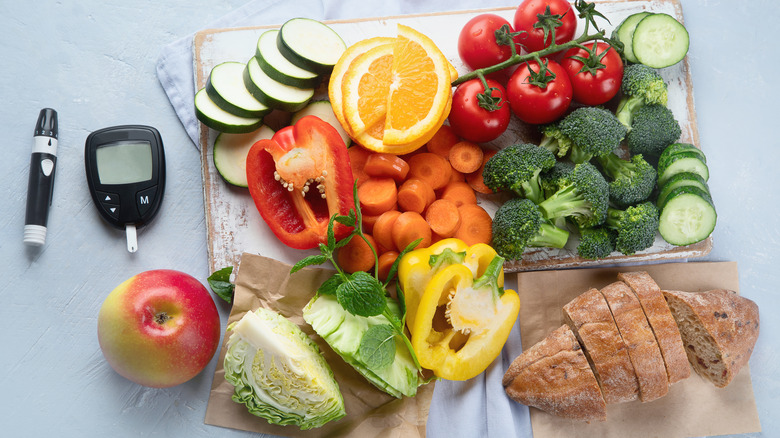Thefructose vs. glucose debatehas been around for decades.
Glucose and fructose are both simple sugars, but your body metabolizes them differently.
Therefore, each has a different effect on blood sugar levels and overall health.

“The body’s preferred source of fuel is glucose.
Glucose occurs naturally in fruits and vegetables, but it’s also added to processed foods.
After ingestion, it enters your bloodstream and signals the pancreas to release insulin.

Next, your cells absorb the glucose in your blood and use it for energy.
When your glycogen stores are full, any excess glucose is converted to fat and stored in adipose tissue.
Let’s find out.

Second, fructose has a relatively low glycemic index (GI), according to theSugar Nutrition Resource Centre.
Its GI value is 19, whereas glucose has a GI of 100.
Low GI foods have a moderate effect on blood sugar.
Despite these aspects, fructose isn’t necessarily a good choice for diabetics.
Moreover, it affects the production of leptin, another hormone that regulates appetite.
As the scientists note, more research is needed to determine its safety.
The same goes for fructose and other sugars in whole or processed foods.
Whole foods are often more nutritious than processed foods, but you still need to watch your portions.
Realistically speaking, it can be difficult to track the amount of fructose or glucose consumed at every meal.
What you’re able to do instead is to clean up your diet andreduce your overall sugar intake.
The American Diabetes Association suggests using low- or no-calorie sweeteners in homemade sauces and desserts (viaClinical Diabetes).